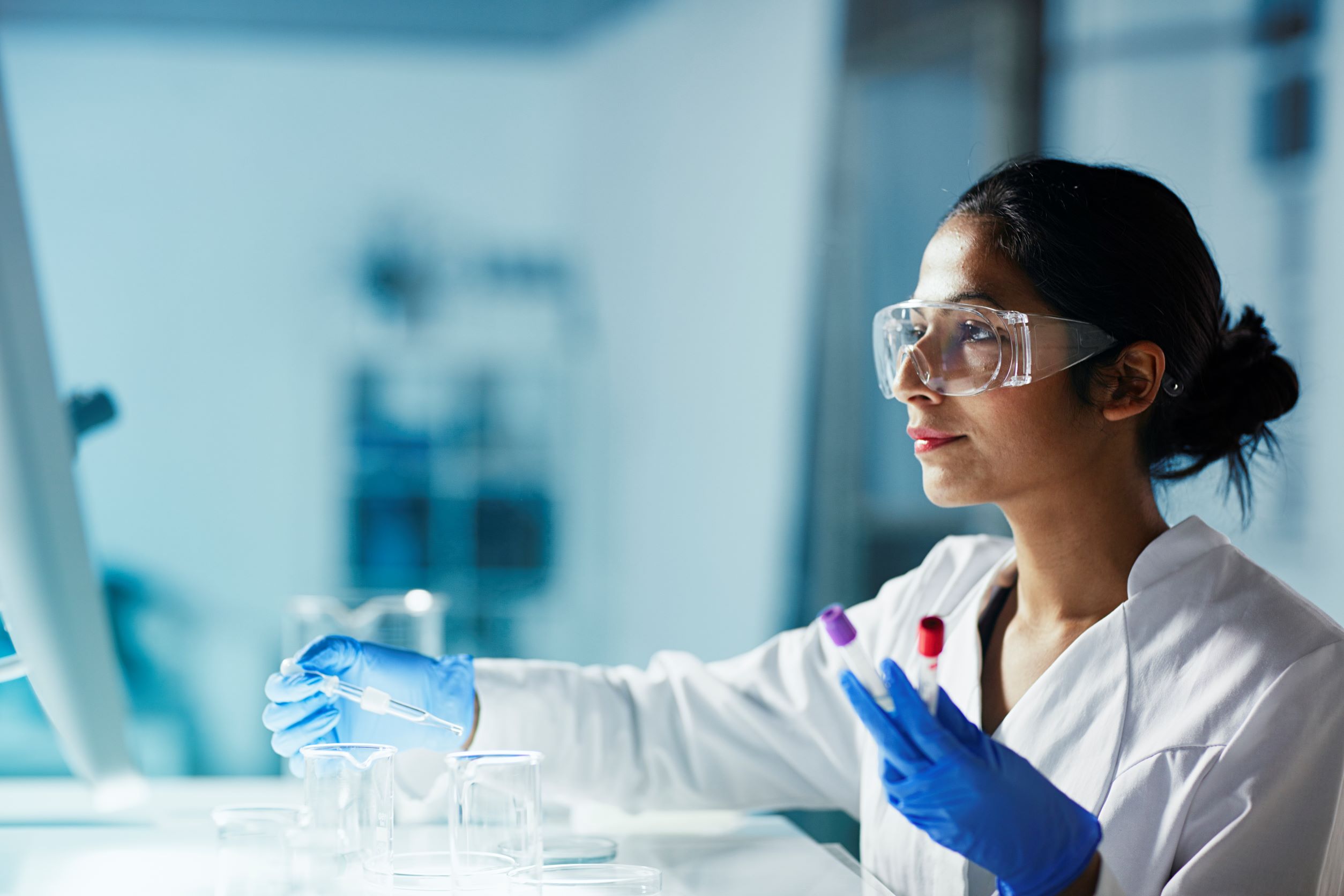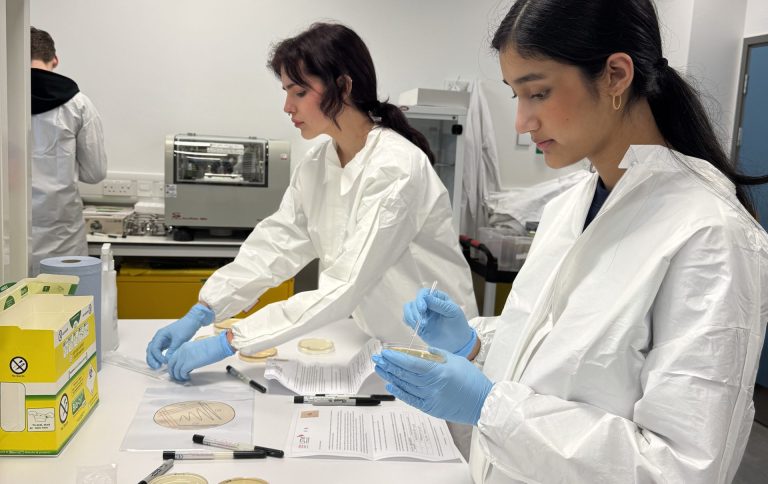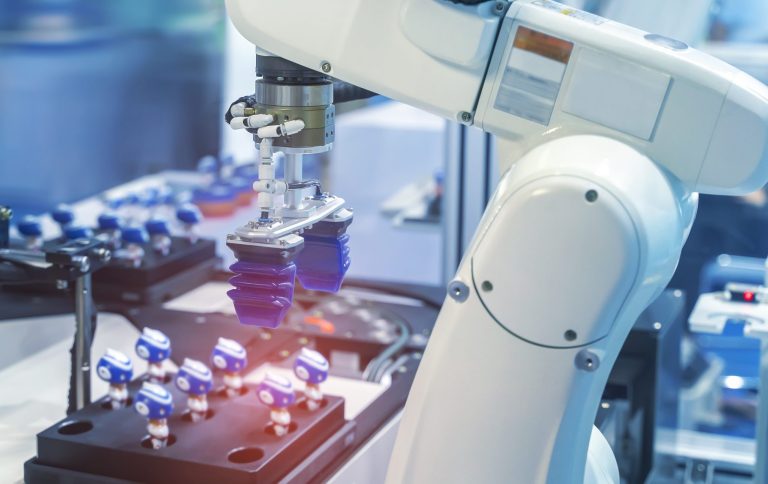- Find our latest Case Studies
- Our Platforms
Applying the lessons of COVID-19 to Antimicrobial Resistance (AMR) challenges

Antimicrobial Resistance (AMR) still represents an under-appreciated challenge to established healthcare systems and a barrier, together with access to antibiotics, to emerging healthcare systems in many regions of the world.
Author: Dr Adam P. Roberts, Reader, Antimicrobial Chemotherapy and Resistance
Global food distribution networks and many facets of functioning societies, some of which have had their fragility exposed by recent major events, are also vulnerable to infectious disease caused by bacteria, fungi and other microbes and rely on efficacious antimicrobials.
SARS-CoV-2, the causative agent of COVID-19, is estimated to have caused approximately 6.5 million deaths since the later part of 2019. By comparison the most detailed analysis ever published of death attributable to AMR showed that in 2019 alone there were an estimated 3.57 million (with a range of 2.62–4.78 million) deaths associated with AMR in bacteria.
The global response to COVID-19 has been extraordinary, with billions of pounds of funding rapidly pumped into research across an extraordinary breadth of fields that may have had an impact on the disease or our ability to curtail its transmission. This approach was also noticeable in that it built in redundancy of effort. Multiple similar projects were funded in the hope perhaps that some would work, this is seen no clearer than in SARS-CoV-2 vaccine development or in the extraordinary numbers of lateral flow tests that rapidly came to market, all of which likely received government funding in one form or another. The response was appropriate and vaccinations in the first year alone are estimated to have prevented more than 14 million deaths.
What lessons can we in the AMR community take from this approach which has had such demonstrable, global effects in terms of lives saved? If we reflect on where the search for novel antimicrobials is currently taking place, we see it lies heavily within academic laboratories and the SMEs that are often spinning out of those academic laboratories. These SMEs have access to few funding mechanisms, which themselves rarely entertain high risk projects (arguably the exact definition of drug discovery) and which result in fierce competition as funds are limited and the “best” projects must be chosen to proceed.
Whilst this competitive triage is normal in academic and industrial sectors and the competition for research funds is always and necessarily tough, do we see in AMR a different landscape in which we could operate? One that’s perhaps more similar to the COVID-19 landscape due to the urgent nature of the problem facing us. In the UK the Fleming Fund, the research councils and UKRI have made extraordinary progress in addressing this with cross council initiatives which recognise the multidisciplinary nature of the AMR problem and the scale of interconnected projects required to understand it, and it may be that a similar approach is now required for antimicrobial drug research and development.
There are also multiple high-level initiatives being analysed and rolled-out, exploring the delinkage of antibiotic sales from revenue in order to reinvigorate investment into new antimicrobials and bring companies which have recently left the antimicrobial R&D space back into play. No example is arguably more prominent than the UK subscription model which has, in April this year, chosen ceftazidime–avibactam and cefiderocol as the antibiotics that will be purchased, in England, via the scheme. The innovation shown by the UK in this space is to be applauded and will be watched closely by others around the world preparing their own versions of the subscription model, particularly in the USA and the EU.
There is an argument though that waiting to see if positive results come out of the implementation of this subscription model is risky, it may be that the UK model stands alone and therefore will have less of an effect than if multiple nations within the G7 implement similar schemes, it is after all the aggregate power of purchasing that will make a difference within these subscription schemes.
Aside from the subscription schemes being tried there are various other private, public-private, and public ideas and initiatives being explored which have, in the past, been viewed as mutually exclusive initiatives. This author would posit that when considering the scale of the emergency we are trying to address, the funding which can be found in the face of a serious societal threat and the inherently risky nature of antimicrobial drug discovery and development, these different initiatives should be viewed as mutually aligning processes all aiming to achieve the same thing. Redundancy should be built into global efforts to bring new antimicrobials forward as it is likely not all the initiatives will work. If we work through each sequentially, waiting for success or failure of the first before moving onto the next we will never be able to keep up with the microbiology. The microbes will not pause adapting to their environments to see if these initiatives work and neither should we.


